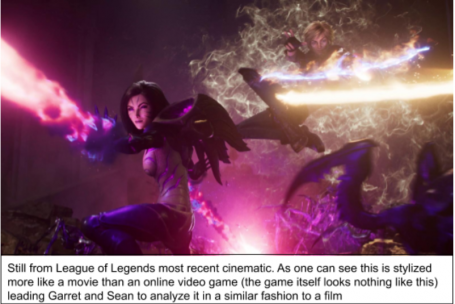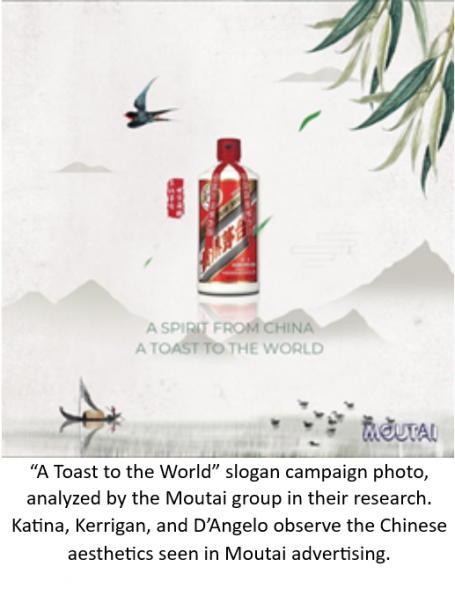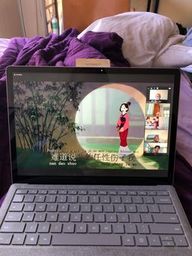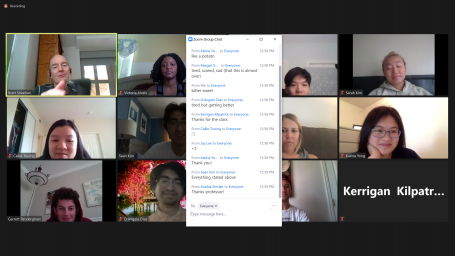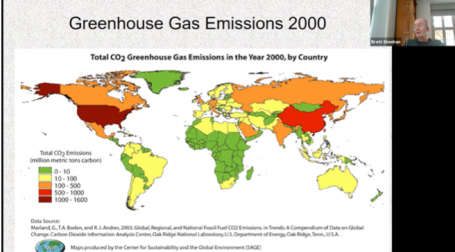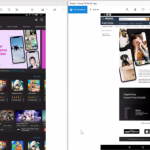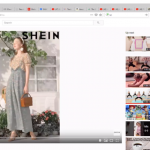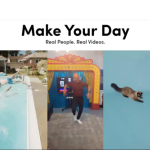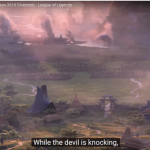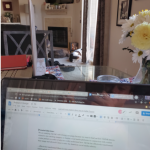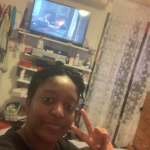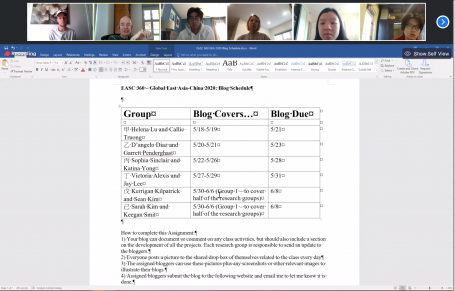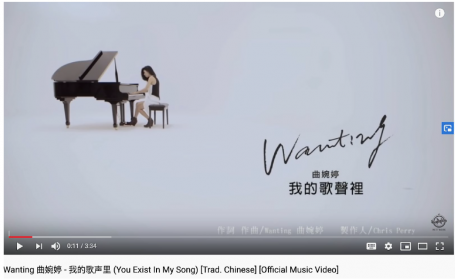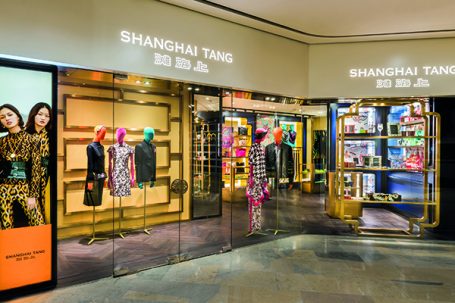Sean Kim & Kerrigan Kilpatrick
Quarantine continues, but this class is sadly coming to an end. We will not forget our virtual memories made through Zoom. The class has been a great experience for each of us, despite the internet issues that have plagued our classmates. In this blog post, Sean will be giving updates on the Tik Tok group and Kerrigan will be covering the Shein group.
Tik Tok – covered by Sean
The Tik Tok group made up of Callie, Jay, and Keegan began the week of June 1st, with a quick analysis of all their primary sources and drafted a rough thesis. After meeting with Professor Sheehan, they created an outline of their paper that divided Tik Tok advertising into three stages. The first involved Snapchat and Tik Tok’s connection to musical.ly, the second consisted of the “New Year New Me” campaign, and the last one focused on the idea of “Real People and Real Videos.” The Tik Tok group then proceeded with dividing the three stages among themselves in which they were all tasked to write a thesis for their respective stages. Once complete, they went back to their rough draft and revised it to fit with what they each wrote. On June 6th, five days from the start date, they cut down on the paper length and are working together on their presentation. Here is a Tik Tok (zoomer app) ad they used to analyze the similarities between Tik Tok and musical.ly (RIP):
Tik Tok Ad
Their final product will be in the form of Tik Tok videos which should make for a very interesting and entertaining watch.
Screenshot of Tik Tok Group’s own video
Shein – covered by Kerrigan
After several weeks of hard work, our classmates, Victoria, Sarah, and Sophie, have just wrapped up their research project on Shein, the Chinese fast-fashion company. Throughout their project, the group has been looking at the marketing tactics used by Shein to appeal to consumers. Overall, the group has found that Shein largely hides the Chinese origins of the brand and instead goes for a more Western-style of branding. In their papers, the group addresses the disembedding methods used by the company to appear more Western.
Victoria, Sarah, and Sophie found that one of the company’s greatest advertising tactics involves using social media and, more specifically, Instagram influencers to connect to consumers. In many of these advertisements, Shein pays popular Instagram models to engage in various activities while wearing their clothes. Our classmates found that these advertisements tend to appeal to those who desire a certain degree of individuality, instructing their followers to find the “perfect fit” for themselves. Our classmates noted that individualism is a trait more prominent in Western cultures, and these advertisements are likely intended to appeal to younger audiences as well as foreign consumers.
Another interesting way the group discovered how Shein markets its products is by appealing to a European aesthetic. The group noted that Shein makes quick cues towards romanticized European aesthetics in order to suggest an elegance or lavishness associated with older European styles. The group also pointed out that the ability of European culture to pop up through quick tropes as a selling point for Shein proves the dis-embeddedness of global consumer culture. Therefore, the group believes that Shein’s awareness of the evolving tendency of global consumerism has allowed the group’s branding to be so successful.
- Images used by the Shein group to analyze the Westernization of Shein’s Youtube advertisements
At the time of this post, each group is finishing up their research projects and the class is coming to an end. We would like to thank all who have made this Global East Asia class possible and wish all our readers a great day!




